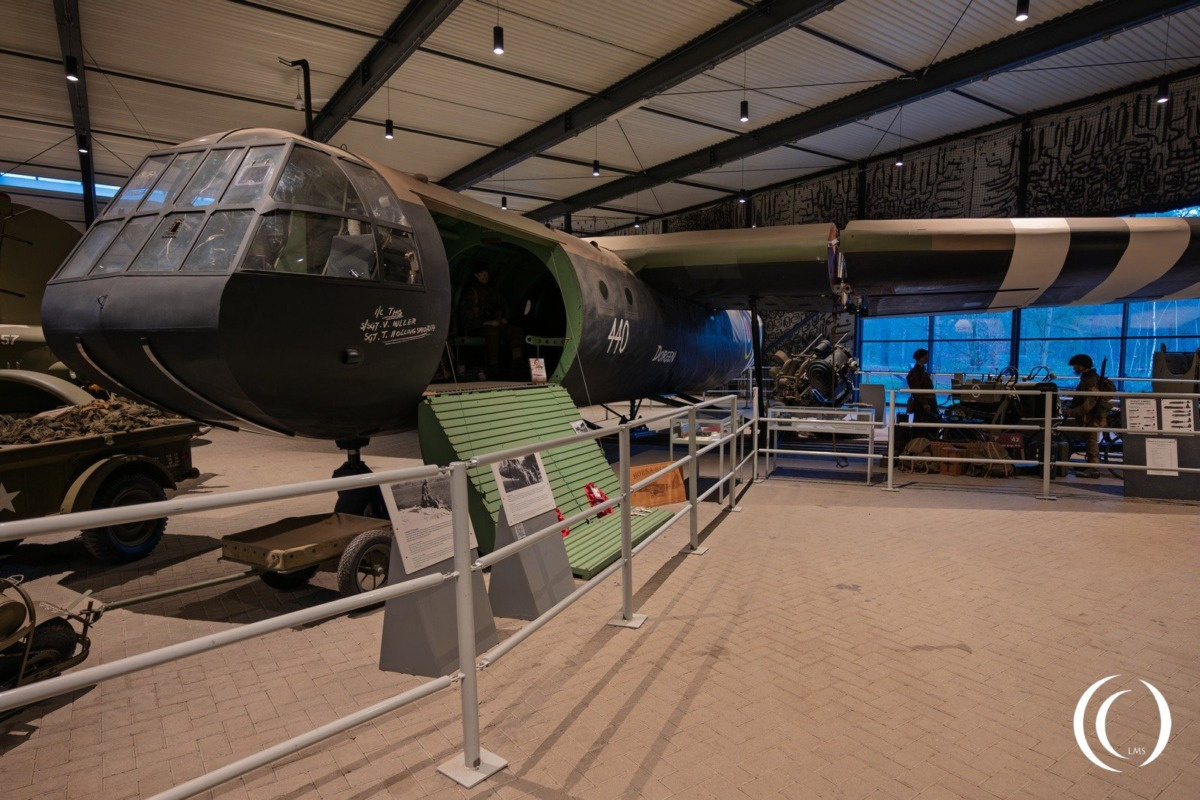
The Airspeed Horsa was a British military glider used extensively during World War II, particularly by the British Army’s airborne forces. Developed by Airspeed Ltd.in the United Kingdom, the Horsa played a crucial role in a number of key Allied operations, including the D-Day landings and Operation Market Garden. Unlike powered aircraft, the Horsa had no engines and relied on tow planes to bring it near its destination before gliding to a landing.
Introduced in the early 1940s, the Horsa was a high-wing monoplane primarily constructed of wood, a design choice that preserved strategic materials like metal for other war efforts. The use of wood also made the glider relatively inexpensive to produce and suitable for mass production. The fuselage was made of plywood over a wooden frame, and the wings were similarly constructed. This allowed for rapid manufacturing in furniture factories and other non-aviation production sites throughout the United Kingdom.

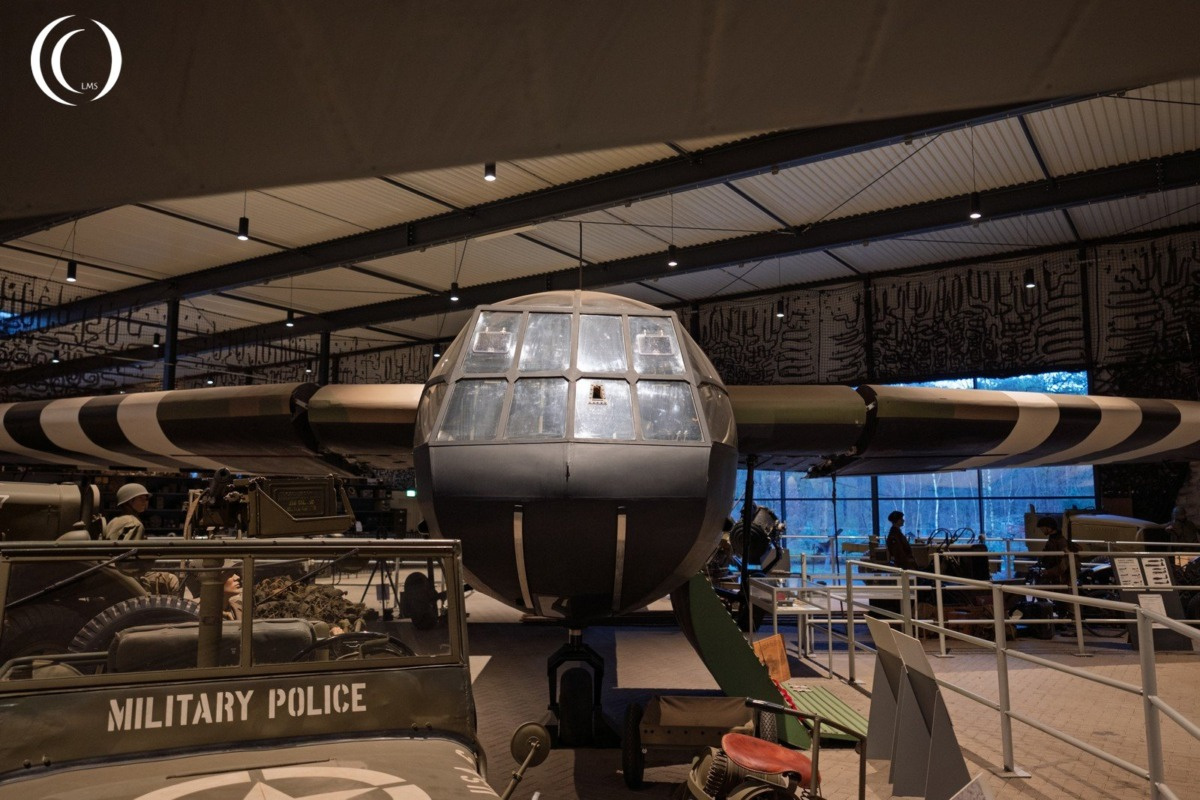
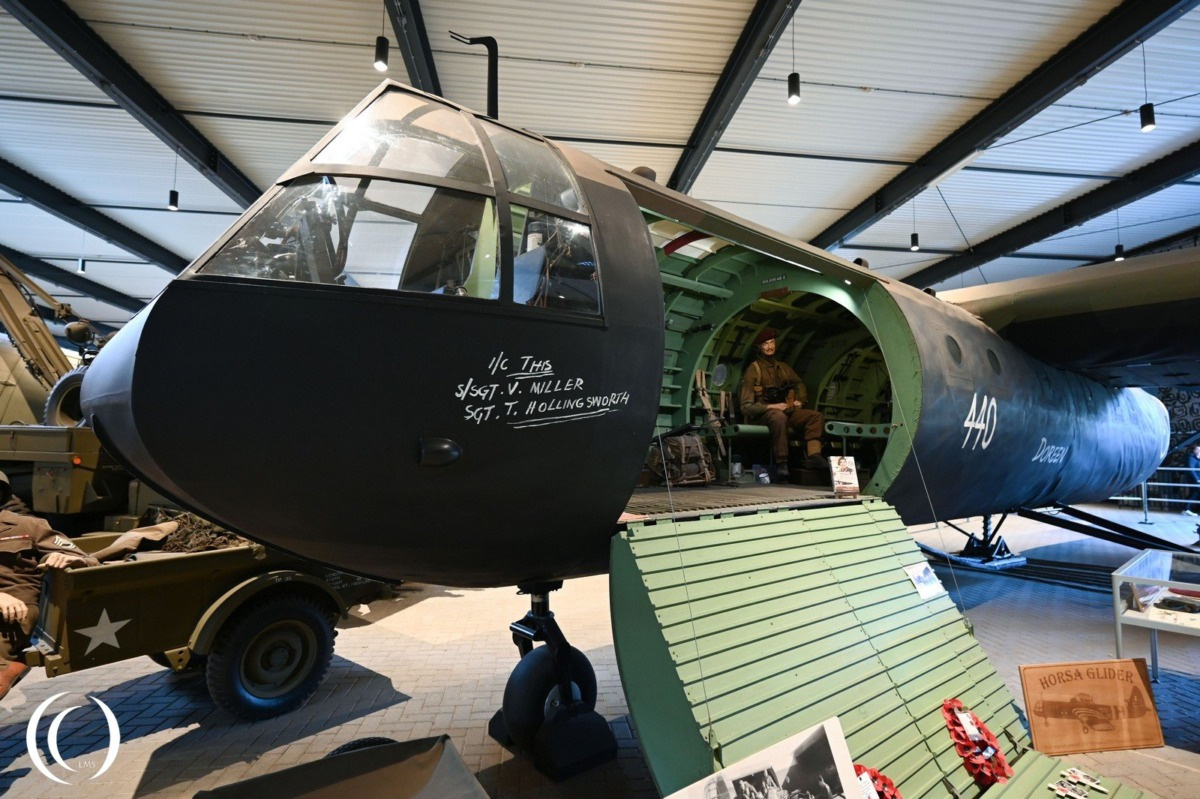
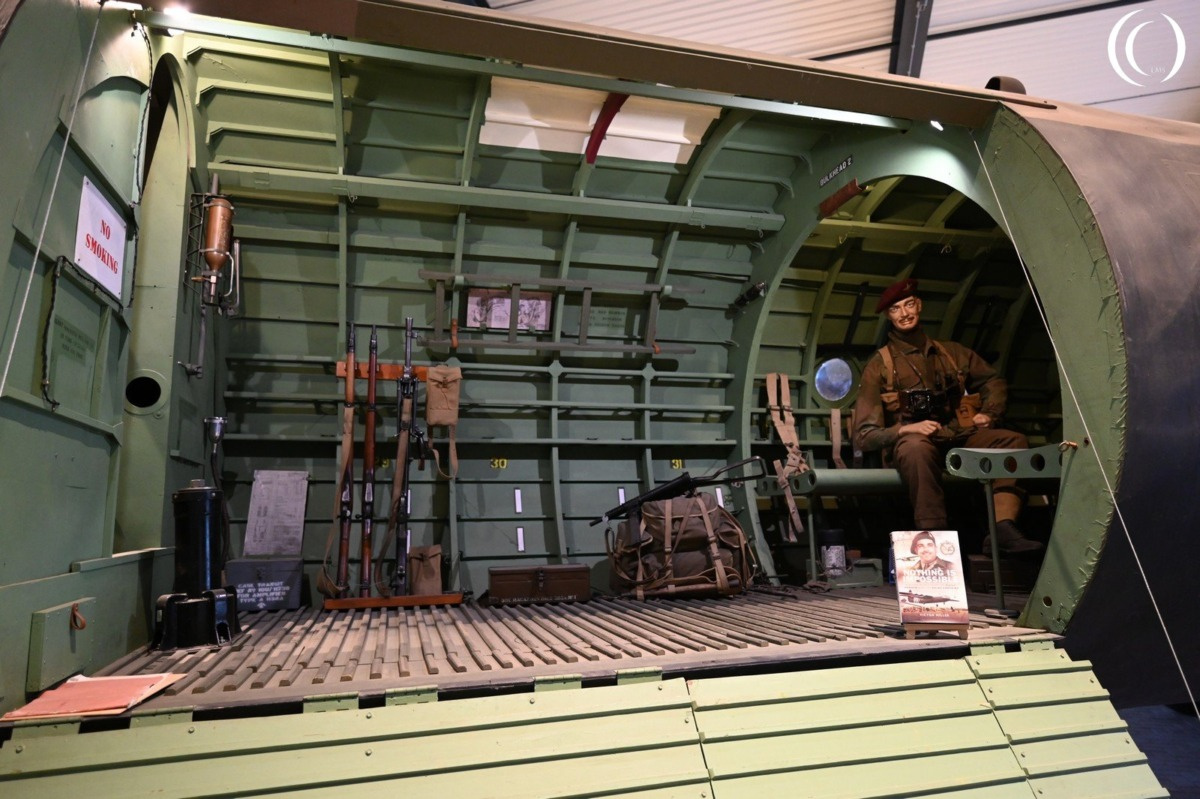
The glider had a wingspan of about 88 feet (27 meters) and could carry approximately 25 to 30 troops, or alternatively, a combination of troops and equipment such as jeeps, anti-tank guns, or small trailers. It featured a large, reinforced nose section that could be detached or hinged to allow for quick unloading. The rear fuselage could also be removed in some models to allow vehicles to be driven straight out of the aircraft.
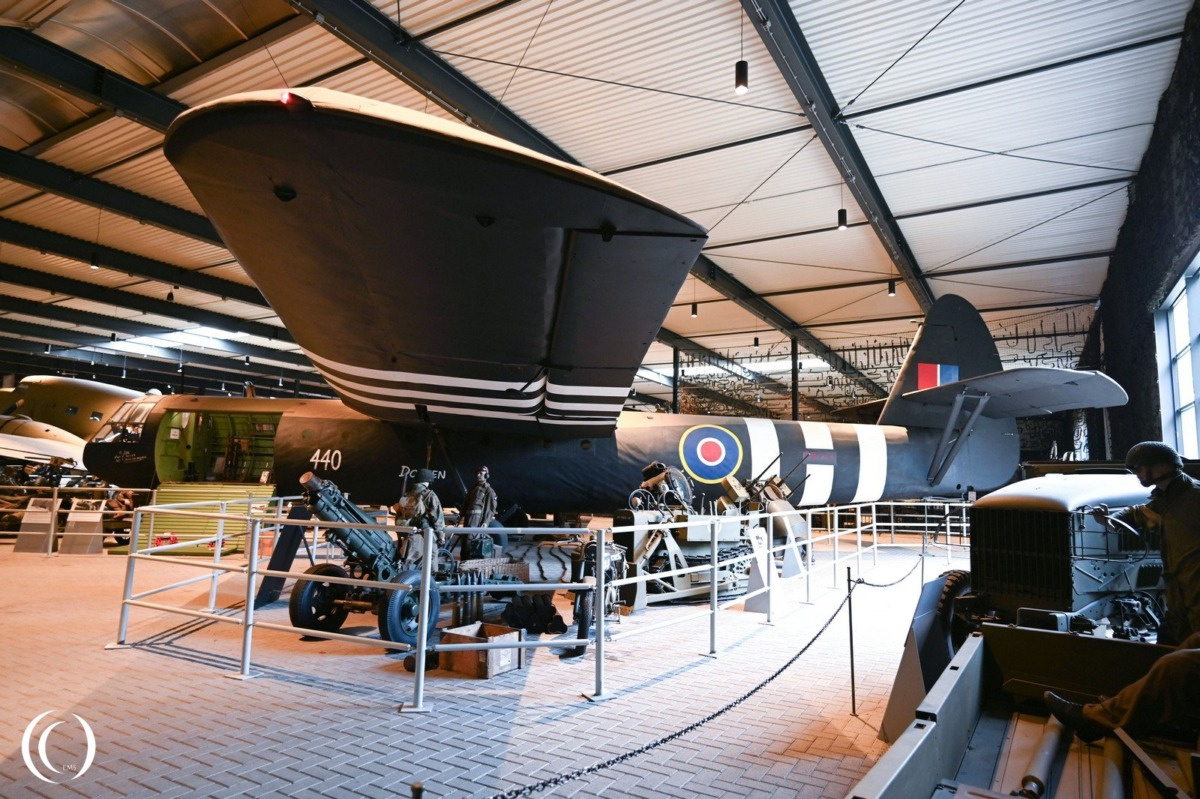
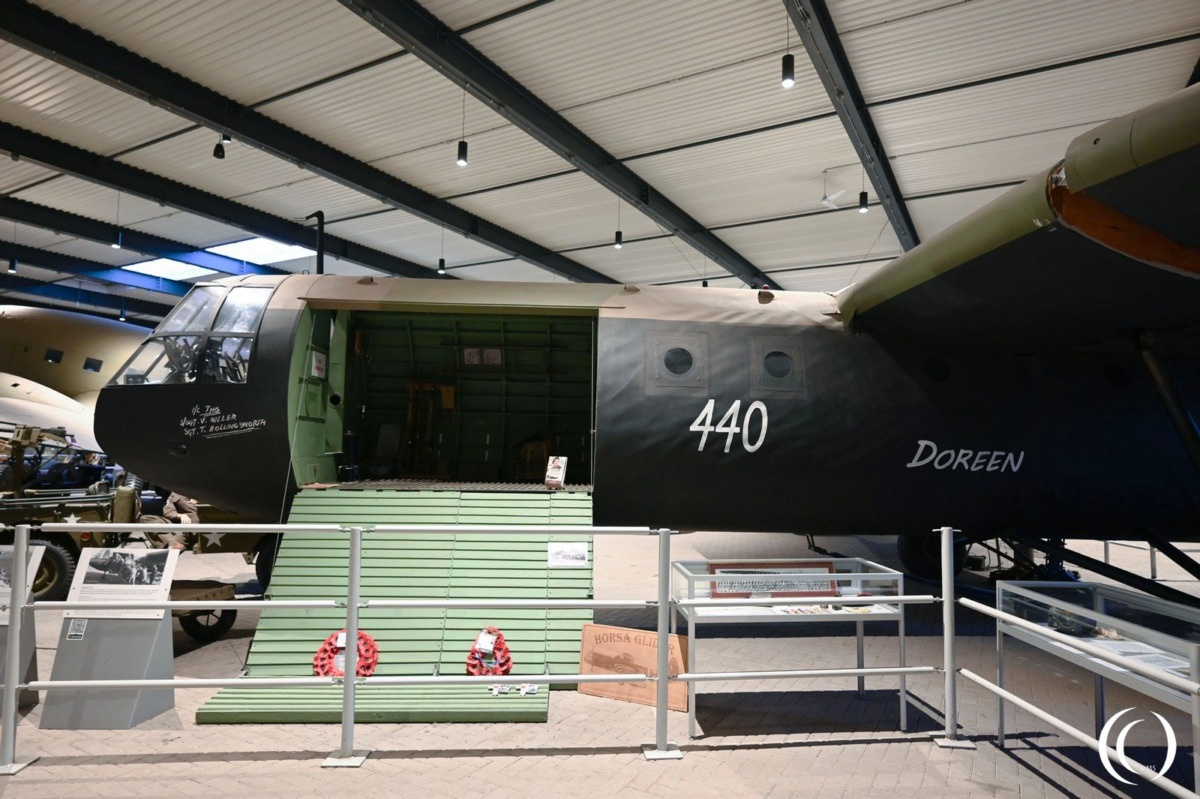
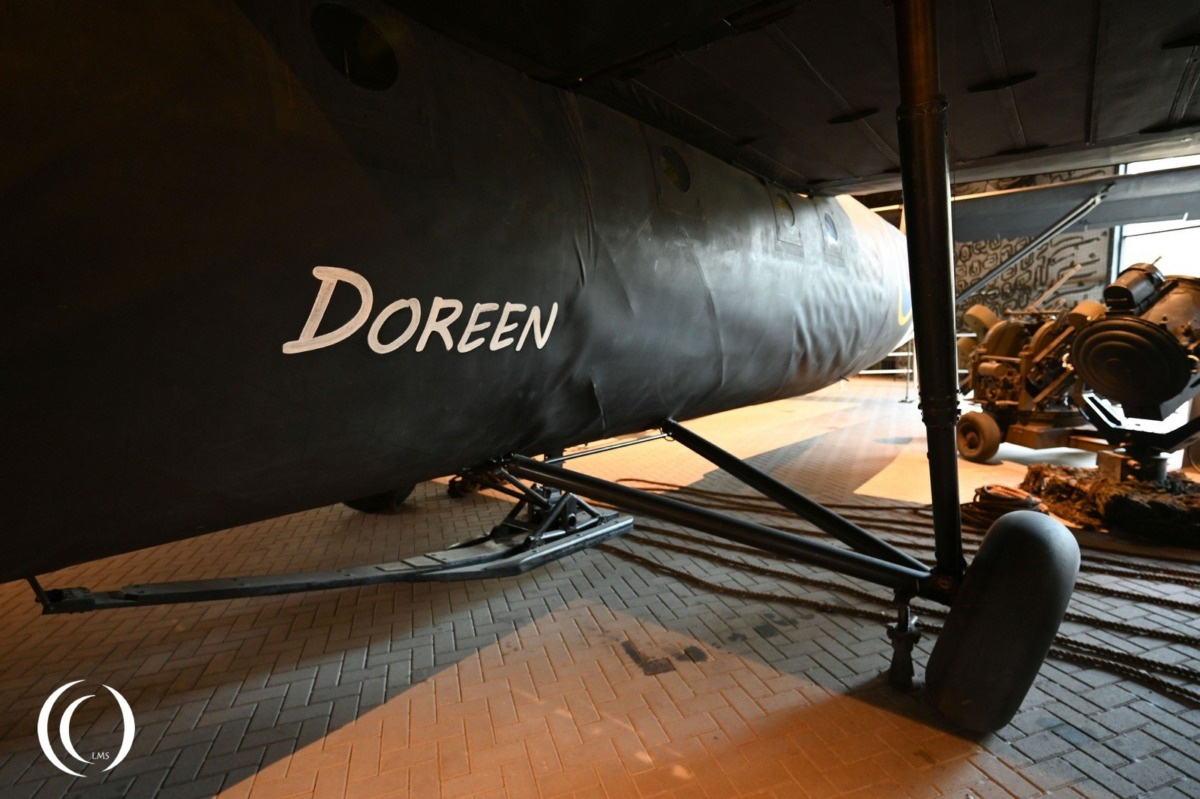
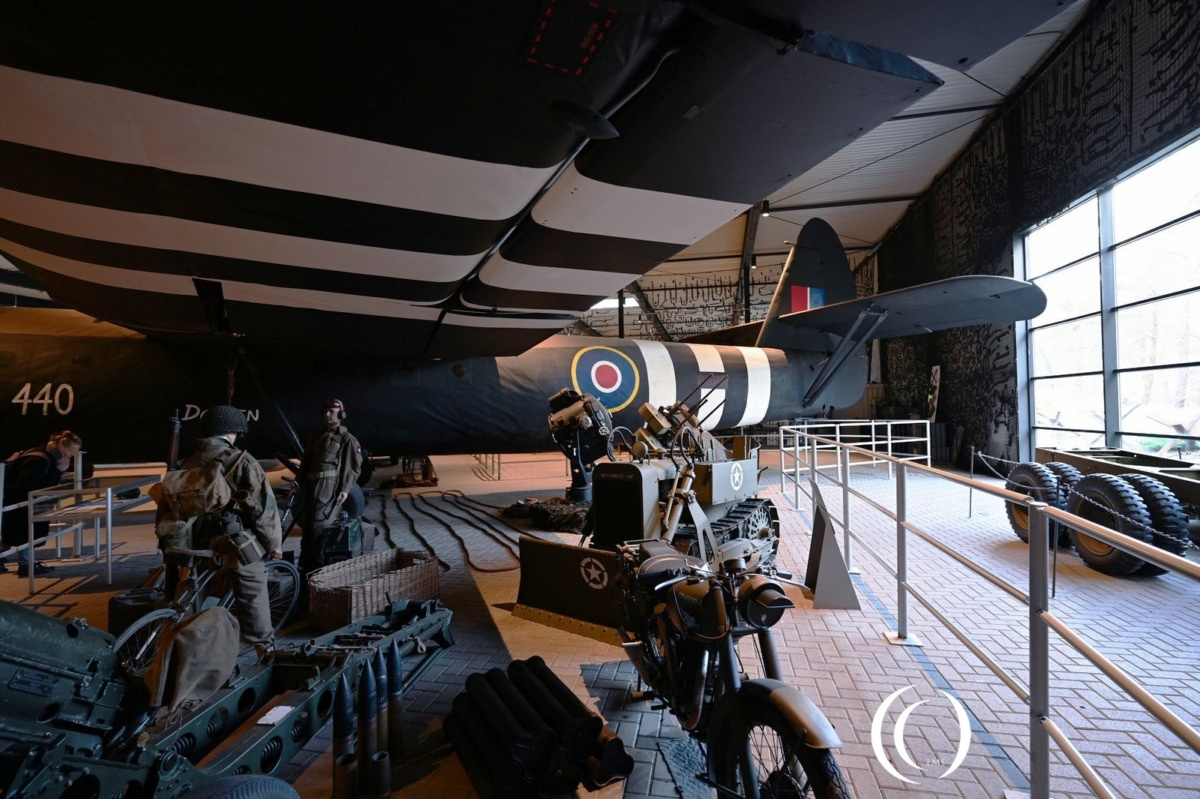
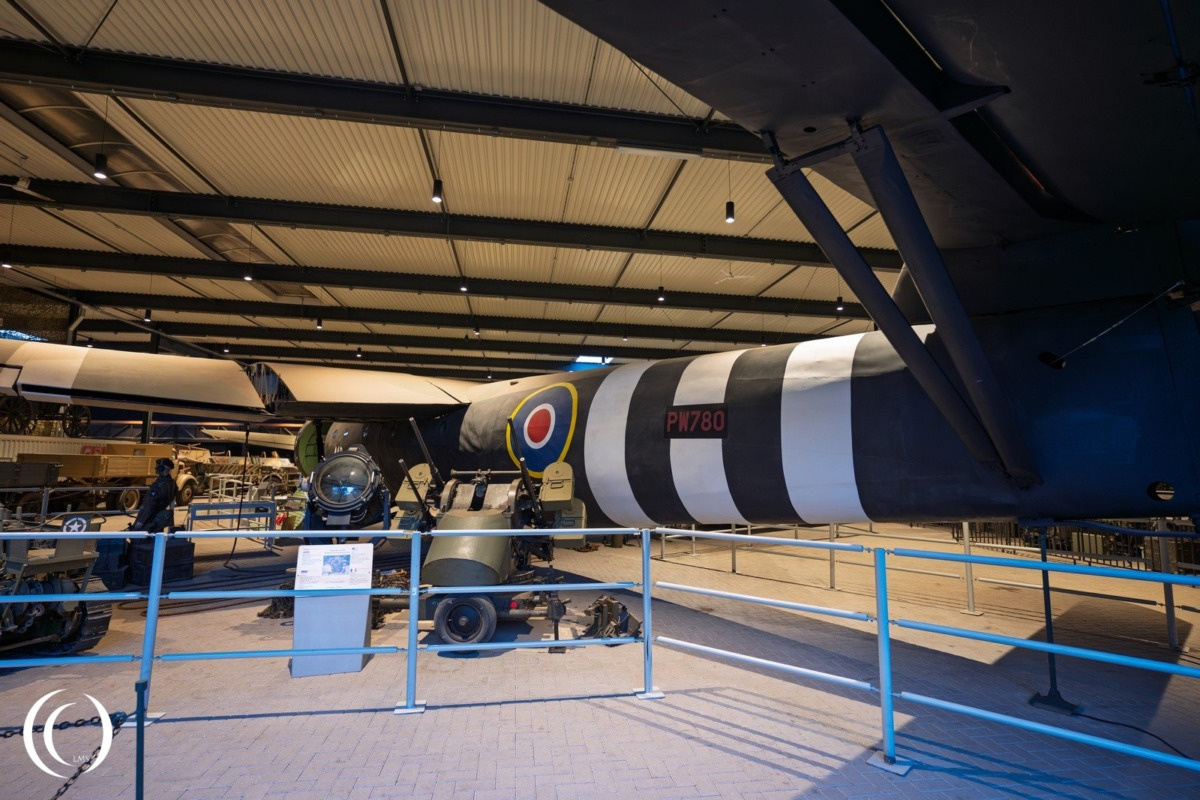
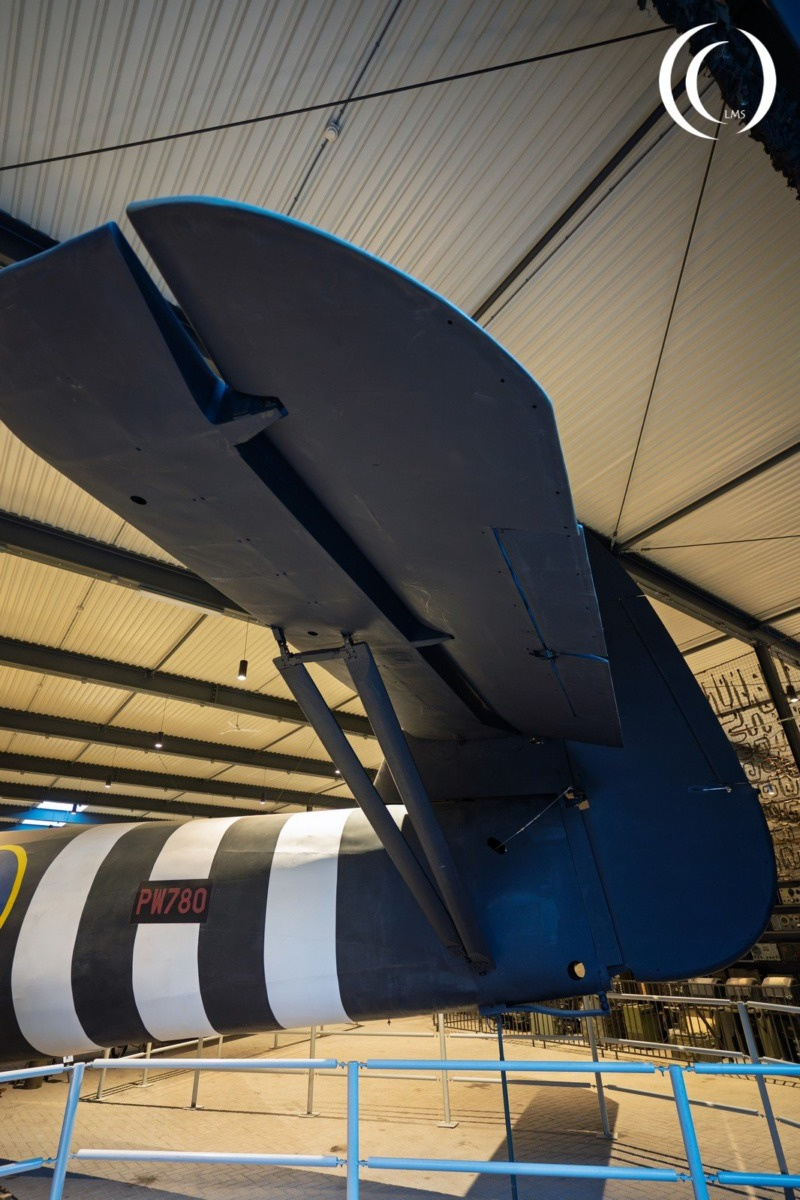
The Horsa required a tow aircraft to get airborne, typically a larger plane like the Short Stirling or Handley Page Halifax. Once released near the drop zone, the Horsa would glide silently toward its target. This allowed for the element of surprise in assault operations, particularly in areas behind enemy lines. The gliders had to land in rough or unprepared fields, making precision flying and skilled piloting essential. Because the gliders lacked engines, landings were essentially one-time events, and recovery was rare.
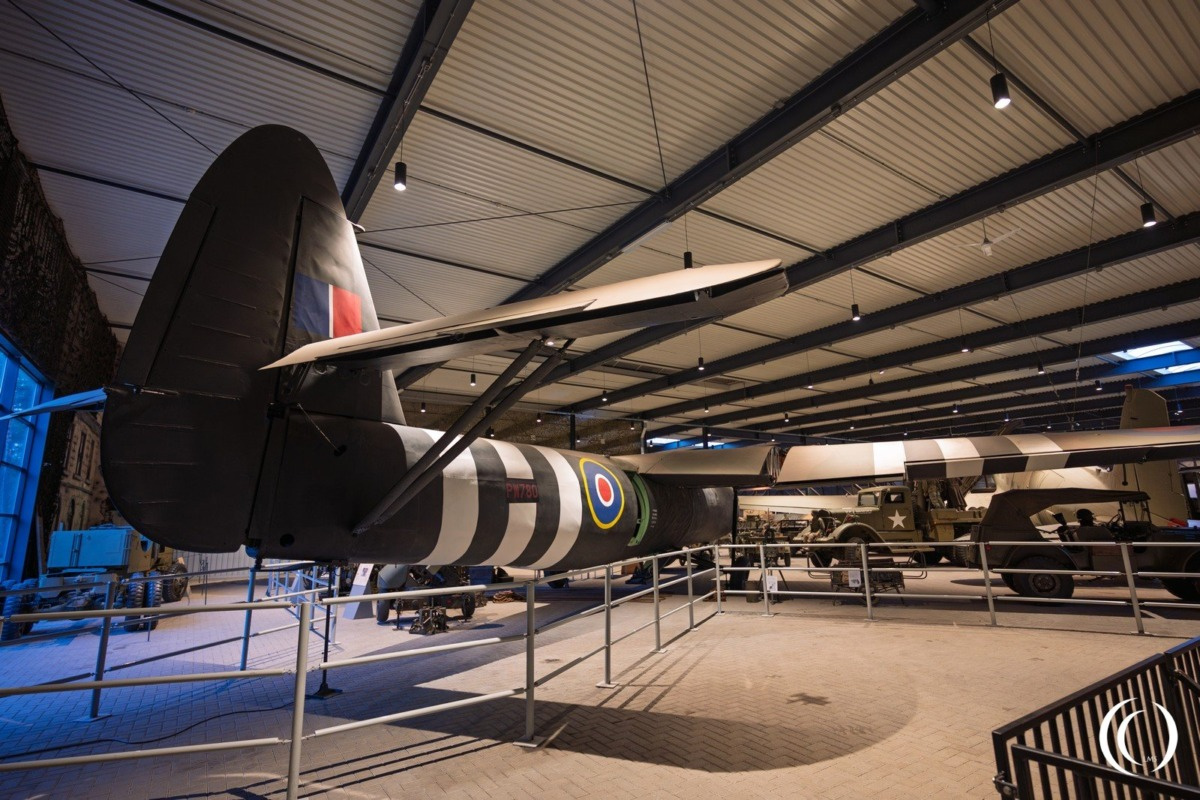

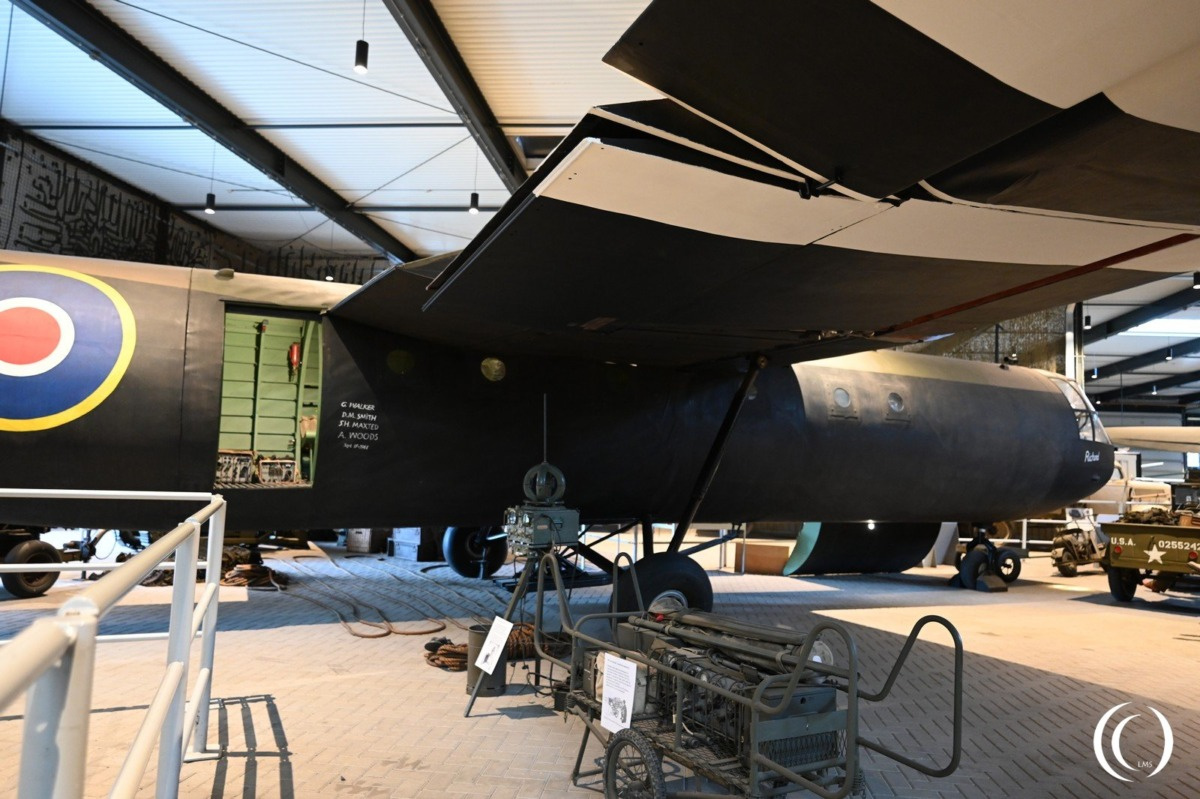
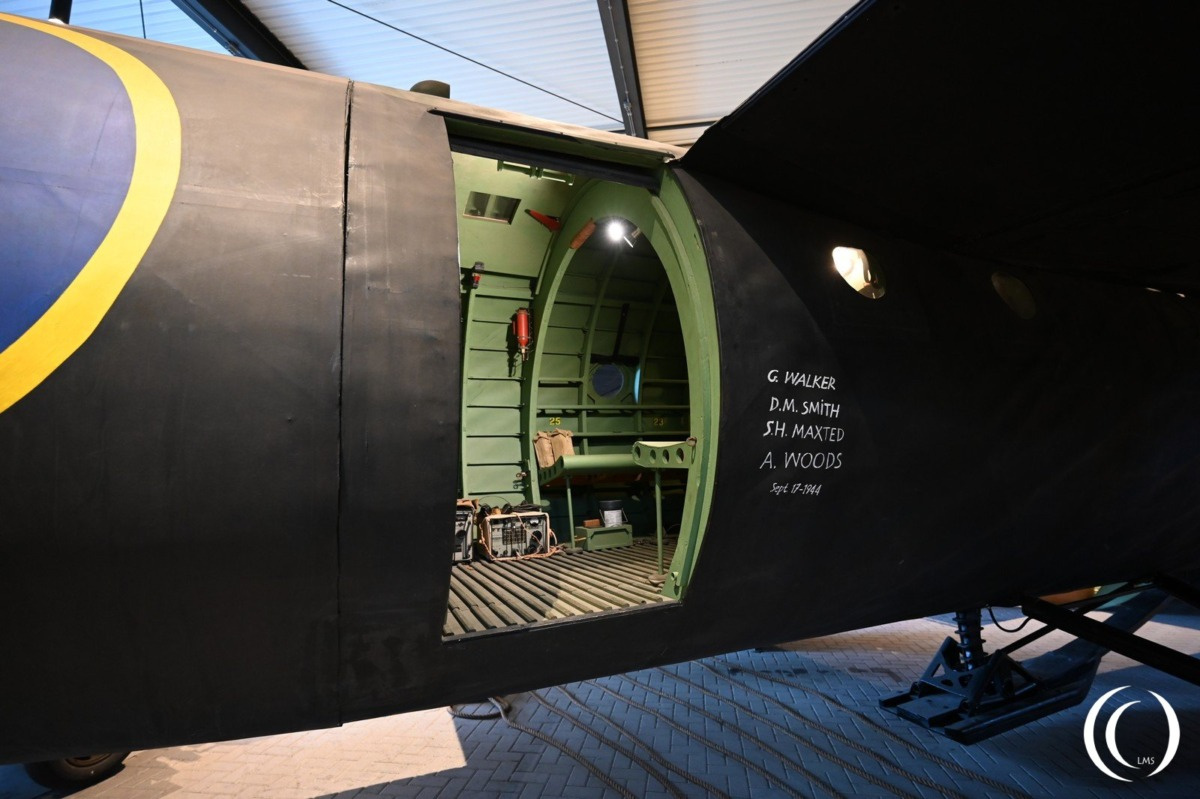
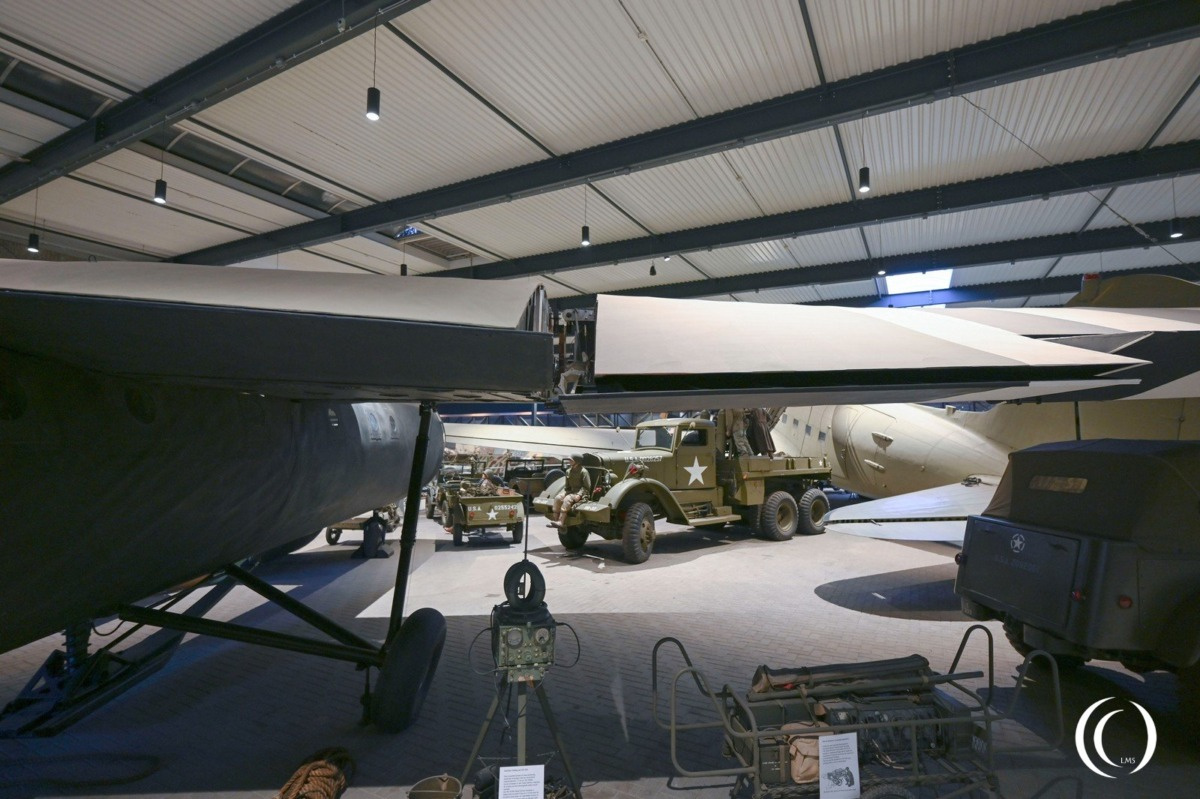
The Horsa was first used operationally in the Allied invasion of Sicily in 1943, but its most significant contribution came during the Normandy invasion on June 6, 1944. Glider-borne troops using the Horsa were responsible for capturing vital bridges and disrupting German communications. In Operation Market Garden later that year, Horsa gliders carried troops and supplies during the ambitious but ultimately flawed attempt to secure a series of bridges in the Netherlands.
AS.51 Horsa I had its opening on the side of the fuselage, just behind the cockpit. AS.58 Horsa II had a turnable cockpit, it could rotate to the side, allowing men, equipment and vehicles to go straight into the fuselage.
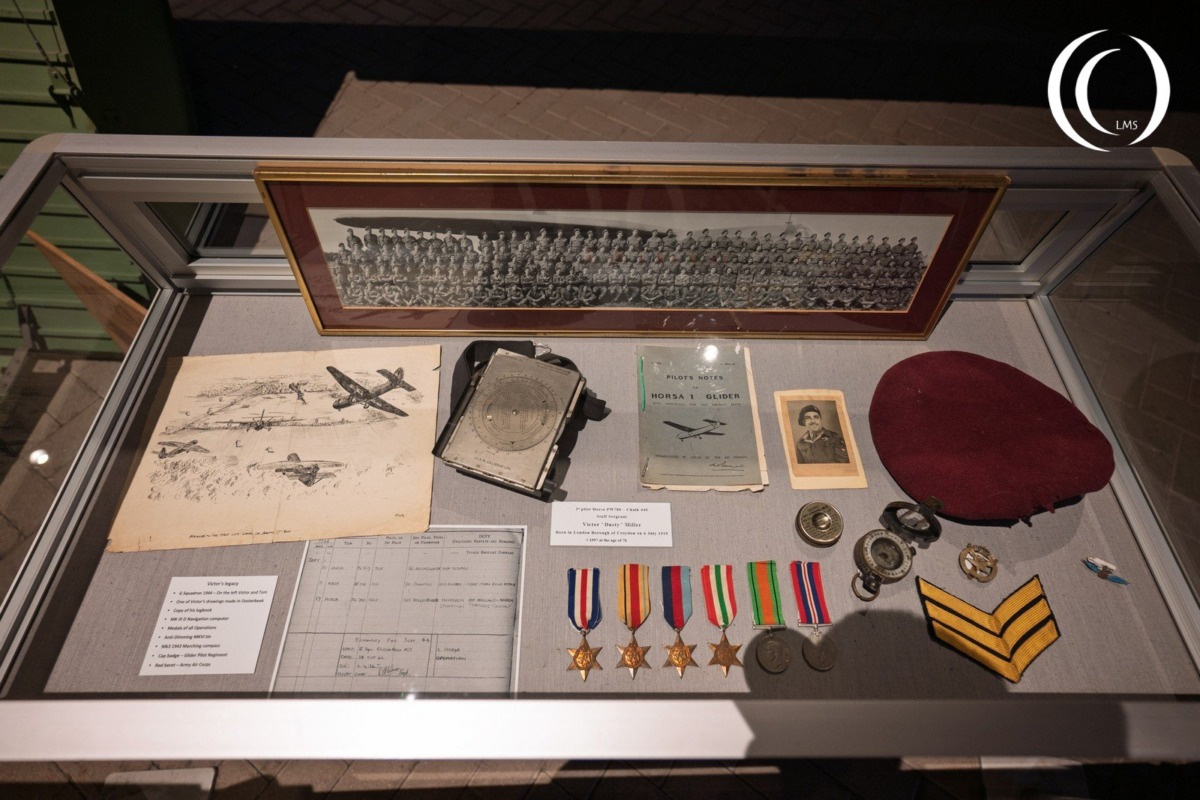
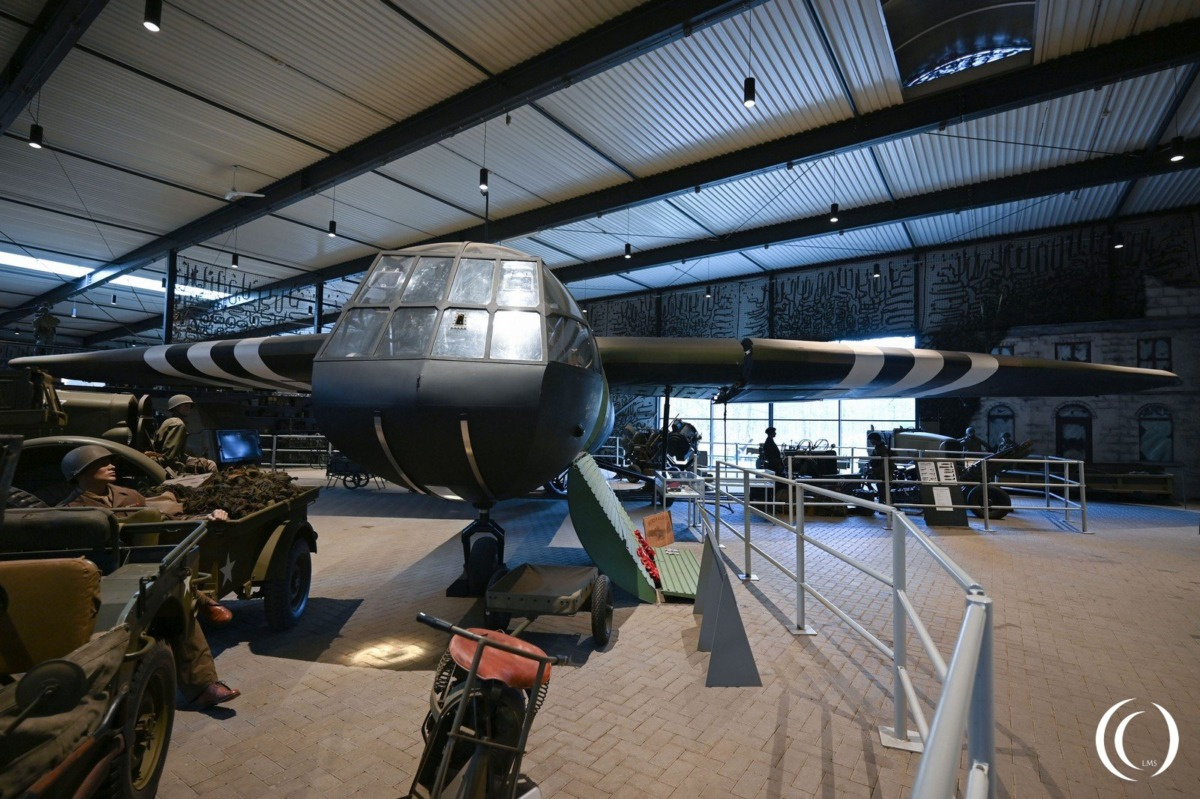
While not without risks—many landings resulted in injuries or damage—the Horsa proved effective in delivering large numbers of troops and equipment into enemy territory quickly and quietly. After the war, the gliders were largely phased out and scrapped, as the concept of military gliders fell out of favor with the rise of helicopters and improved transport aircraft.
Of the 3,799 Airspeed Horsa gliders produced, none survive today. Two replicas have been built using original parts, and individual glider sections are on display in museums.